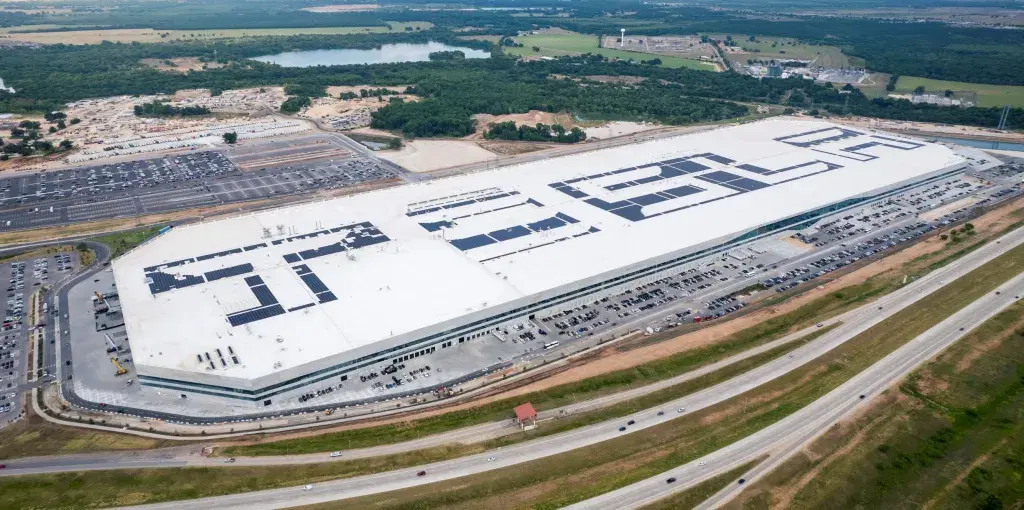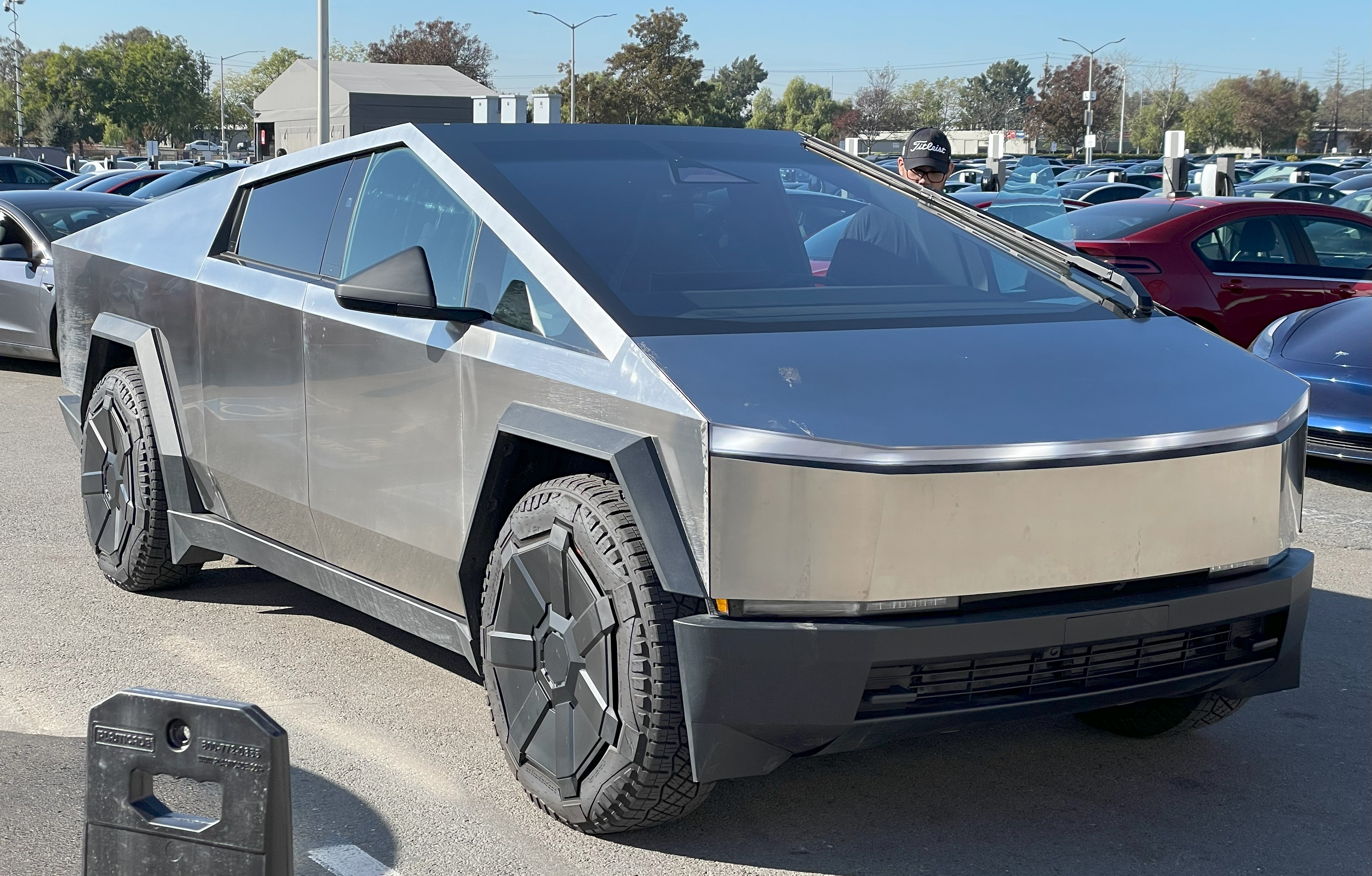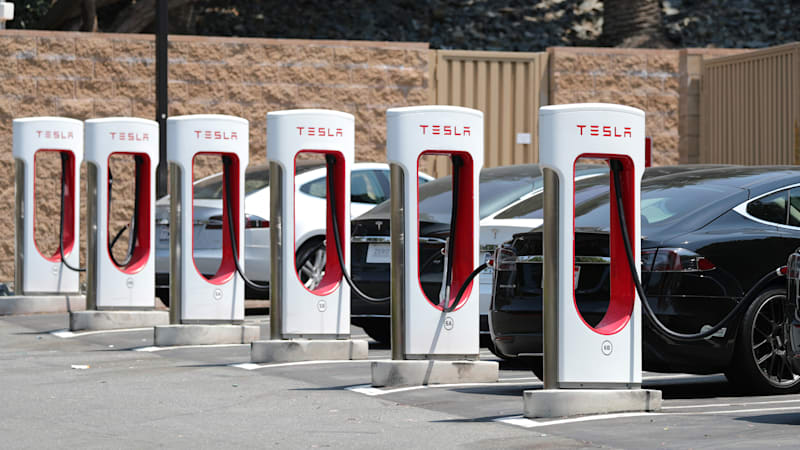What's Going On With Tesla?



Next-gen vehicle put on hold
Tesla has been in the news again recently (when are they not?) and this time it’s gloomy. Reuters first reported that Tesla has cancelled its long awaited next-generation vehicle platform that would have sat below the Model 3 in the lineup, targeting a $25-30K starting price.
Instead, they reported, the focus is on bringing the “robotaxi” to market, a fully autonomous vehicle intended for ride sharing with no steering wheel or pedals for human control. Tesla’s CEO Elon Musk quickly rebuked this claim on April 5th via X, his social media site formerly known as Twitter, saying “Reuters is lying (again)”.
Later that same day, Elon then posted “Tesla Robotaxi unveil on 8/8”. Other sources have since said that while Tesla hasn’t cancelled the $25K vehicle, they have put the project on hold in favor of the robotaxi development.
Layoffs
On April 15th, Tesla also announced significant layoffs globally at more than 10%, with Musk citing a need to “reorganize and streamline the company for the next phase of growth”. Also departing are key executives Drew Baglino, Senior Vice President of Powertrain and Energy Engineering, and Rohan Patel, Vice President of Public Policy and Business Development.
Baglino had been with Tesla since 2006, working as an electrical engineer on the original Roadster. His rise in the company eventually had him reporting directly to Musk as a key leader of engineering. The layoffs and departures come after Tesla reported first-quarter vehicle deliveries of 386,810, a drop of 8.5% from the same quarter last year.
 Cybertruck
Cybertruck
These organizational changes come at the heels of disappointment in the production specifications of the Cybertruck, Tesla’s stainless steel pickup. The vehicles range and towing capabilities are significantly lower than what was debuted back in 2019 at the vehicle’s reveal. In addition, no recent word on the Roadster 2.0, Tesla’s sports car successor to its first vehicle that was first announced way back in 2017.
A big threat to Tesla’s future in the global market is the recent influx of Chinese produced EV’s in Europe and Asia. These are significantly lower cost and reportedly feature many of the same innovative software features and performance of cars from the United States or Germany.
Huge scale
Besides the upcoming robotaxi unveiling on August 8th, it is unclear what Tesla’s “next big thing” will turn out to be. The Model Y remains their biggest volume seller by far, with Model 3 coming second. No other fully electric vehicle is even in the same ballpark as the sales figures of those two vehicles globally.
Model Y, with global sales of 1.2 million for 2023, was reportedly the best selling car globally of 2023, even outselling the combustion-based Toyota Corolla. There is talk of a cooling electric vehicle market, but this really isn’t the whole picture. The growth of the market has slowed slightly in the last six months, but the market is still growing nonetheless.
 Model Y
Model Y
My Take
What does all this mean for Tesla’s future? I am a bit more optimistic than some at the moment. Tesla has gone through extremely tumultuous times before, like when they brought Model 3 to production and nearly faced bankruptcy. The Model 3 cemented the reality of fully electric vehicles for the mainstream. The Model Y’s success is unprecedented.
Tesla’s software experience is still the best in the biz, an important facet of modern vehicles that is still overlooked even today by legacy manufacturers. The in-car display is extremely responsive, with a modern UI that receives regular updates and new features. It is far more similar to an Apple iPad than a traditional infotainment system. The integration with your smartphone is also smoother and more tightly coupled than many other vehicles.
 Various Teslas charging at Superchargers
Various Teslas charging at Superchargers
Even as Tesla begins opening up their Supercharger network of fast chargers, there is still no rival for integration and route planning. You simply put in a destination in the car’s maps app, and the car figures out the rest of when and where you will need to stop and charge and for how long. Once you pull up to a charger, it is as simple as plugging the charger into the car and the charging begins.
Cybertruck, even with its higher starting price and reduced specifications, is in high demand and serves as a status symbol on the road. In the crowded, competitive pickup truck market in the United States, this distinction may allow the vehicle to stand alone. Innovations like steer-by-wire combined with rear wheel steering give the large vehicle an unmatched maneuverability.
There is also the Semi, the fully electric semi truck that aims for zero-emission hauling. The roll-out has been slow and delayed; initially debuting in 2017 with limited production only starting in 2022. There are less than 100 units produced. But initial reception has been very positive and it seems the old Tesla magic is still there.
 Semi
Semi
Priorities
What should Tesla’s focus be for the next few years? I think they have the right formula with the Model Y and Model 3. As much as some new features and innovation would be welcome, Tesla’s strategy of minimalism and cost cutting is probably the right approach in the current market.
I don’t necessarily think the “robotaxi” itself should be a huge priority, but I do believe in continued investment and development of their Full Self Driving (FSD) autonomous software. This will benefit the fleet and provide an edge against competitors.
I think the rumored cancellation of the $25K next-gen vehicle, while disappointing, is probably the right move given price cuts for Model 3. It is difficult to imagine a fully featured electric vehicle for less than $30K and I think Model 3 can ultimately fill the lower end of the market for the time being.
 Model X
Model X
I would like to see big changes for the Model X, or even cancellation in favor of a larger, more conventional three-row SUV shape. These large SUV’s enjoy massive profit margins in the United States and buyers are looking for one vehicle that can haul their family and all their gear. Model X, with its sleek design and Falcon-wing rear doors, is too design compromised.
Other ventures and AI
The other project I haven’t mentioned is the Tesla Bot. This is a humanoid robot under development that, in theory, can handle many dangerous or undesirable tasks currently performed by humans. This technology has the potential to significantly reduce manufacturing costs, which could drive lower vehicle costs and allow Tesla to better compete with Chinese OEMs in the global markets.
General purpose robots could even move into the home and help with daily tasks like cleaning and even cooking; think sci-fi robot maid. Even Apple is rumored to be exploring robotics for consumer use as it seeks its post-iPhone future.
Tesla also develops advanced chips optimized for AI. These help reduce its reliance on other tech giants like Nvidia, and are critical for projects like the Bot and autonomous driving.
 The humanoid robot called Bot
The humanoid robot called Bot
Leader still leading?
I think Tesla has the right pipelines in place to secure a technological and market lead in the battery electric and alternative energy markets. They must continue to execute on broad plans, and perhaps Elon Musk has been a bit distracted with other personal ventures, like managing the social platform X.
But I would never count Elon out entirely, as he has a proven track record of substantial disruption in markets thought to be impenetrable: space exploration (via Space X) and the auto industry. How he transitions from managing a scrappy startup to a large auto manufacturer, how he and his team weather a potentially cooling EV market, and how the company competes with low-cost Chinese vehicles globally will shape the future of the automaker.